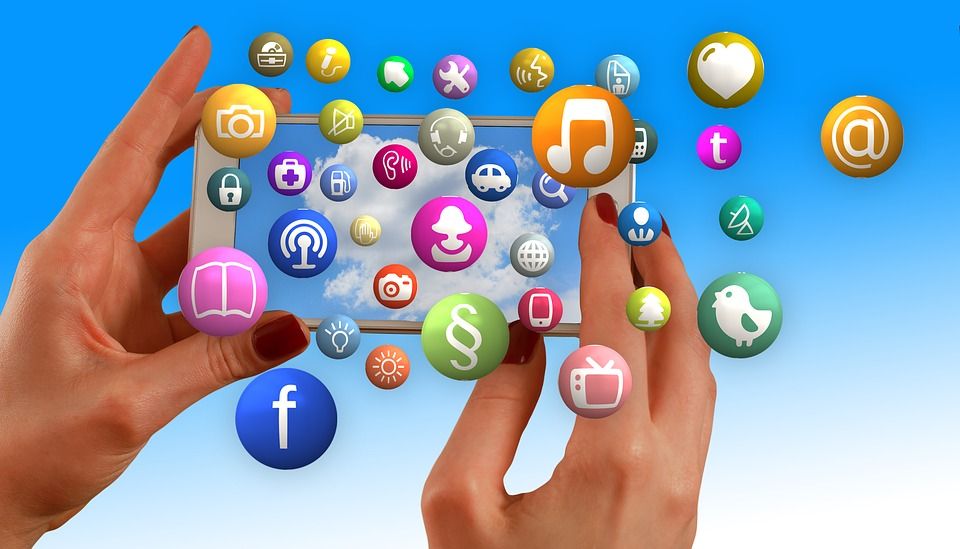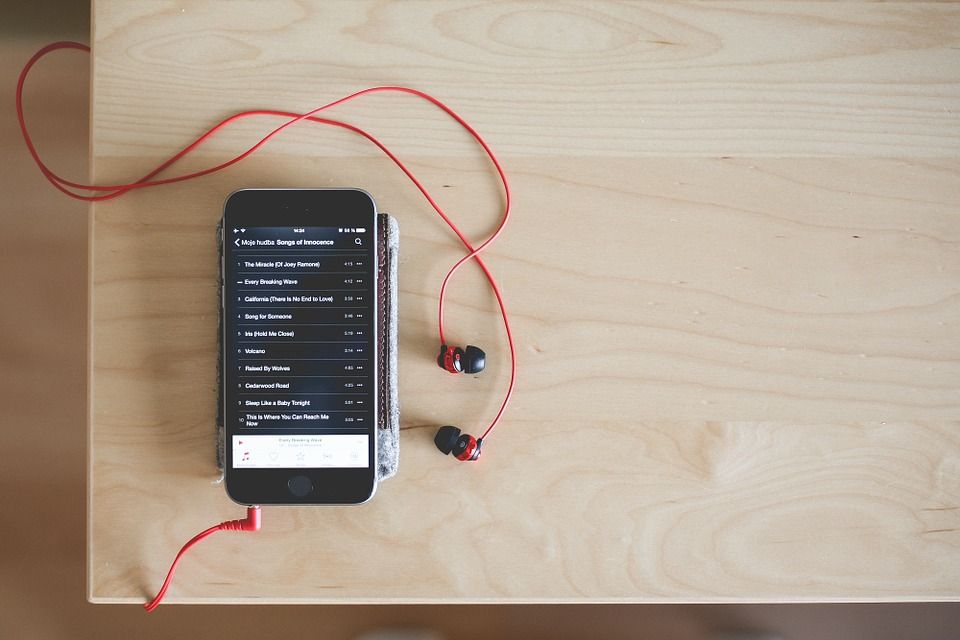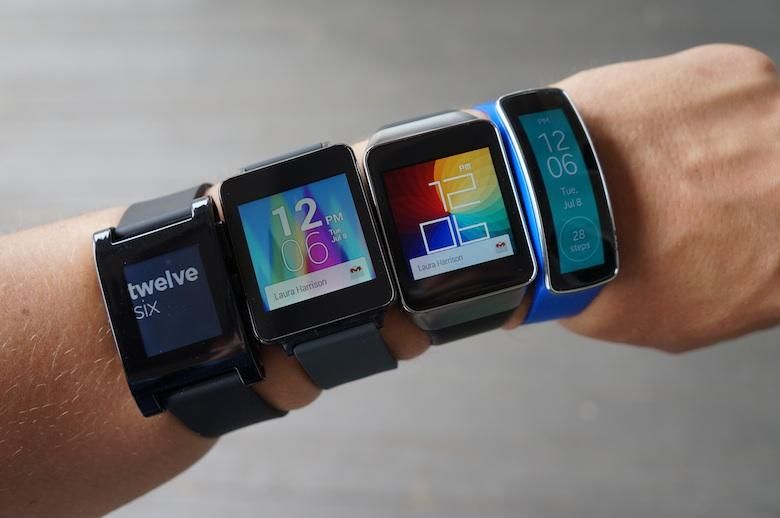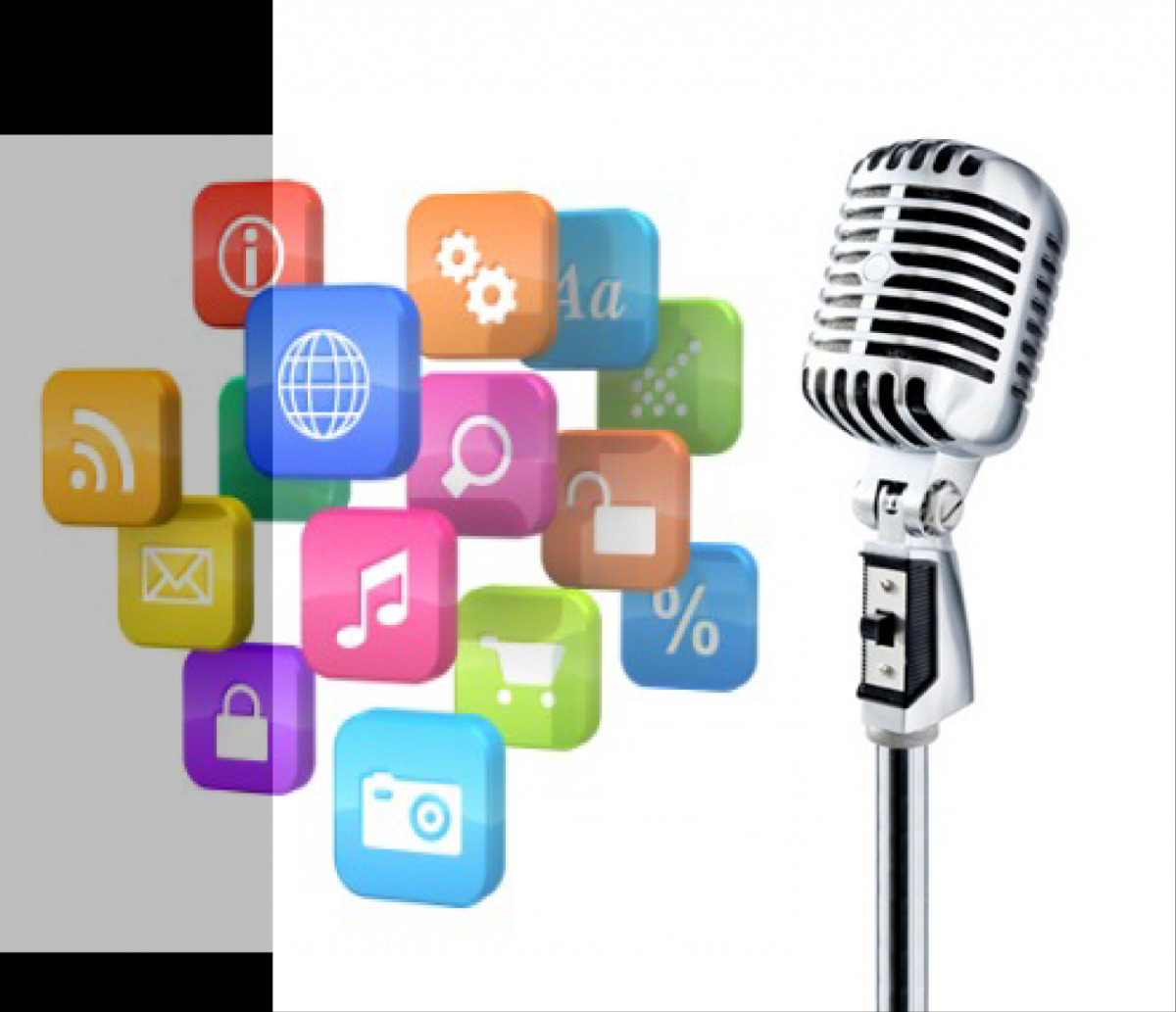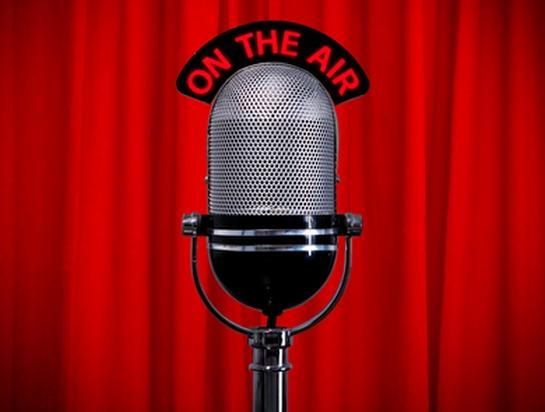By: Bob Kernen
We talk a lot about how advertising dollars are shifting to mobile. When you look at the statistics below, you notice how growth in other media is either anemic or even negative.

And while we are huge boosters of mobile (obviously!), we also spend enough time with our traditional media partners and clients that we never lose perspective on the value of other media channels for getting out a marketing message. We believe that the key to effective marketing isn’t choosing the right channel, it’s choosing the right channels. And then making those channels work harmoniously together.
The problem with the increasingly popular “mobile first” strategy is that it ignores a few key issues.
- Quality of mobile ad inventory – To go out and buy a bunch of mobile banners is of questionable value. So what mobile advertising in which to invest is an important question with a lot of facets to consider.
- The cost of marketing and getting distribution – If the strategy involves building and launching a branded app, that cost is considerable with current estimates between $1.25 – $1.50 per acquired user.
Marketing on the mobile platform is far from perfect at this point so it’s important to have a smart strategy. We think key to this strategy is making sure that a “mobile first” strategy is anything but a “mobile only” strategy. Mobile should be thought of as just one part of a comprehensive “360°” strategy. The objective should be to take advantage of the strengths of each marketing platform and get them working together.
The consumer’s path through their day brings them in contact with lots of different media channels, so think about how each channel targets and impacts the consumer and how they can work together. From this notion of coordinated media and messaging comes a concept that we call “awareness to action.”
With awareness to action, you build a media plan that starts with creating the optimal reach for your brand’s message, using mass media like radio, TV and online display advertising. At that “30,000 foot” level you are trying to create messaging that pushes interested consumers to a more interactive environment where you can capture them as qualified leads. And that is where mobile excels. On the mobile platform, you can interact with that consumer, give them more information, learn about their needs, and acquire the data you need to build a relationship with them, and, hopefully, convert a sale.
What is different in with a “mobile first” approach is that you craft your campaign starting with the desired outcome. You work from that mobile interaction, designing that first. Then work backwards. Determine the best media to build the funnel that leads to an interaction point on mobile. The key is coordinating these elements so that the flow is easy and logical to the consumer.
Providing your clients complete, end-to-end solutions is the way to win more of their business. It’s also the best way to create an ROI model that provides direct attribution of how your brand led directly from outreach to sales.
To learn more about monetizing your mobile assets contact Alex Burnstein or me at 248-353-9030, or email sales@jacapps.com.
